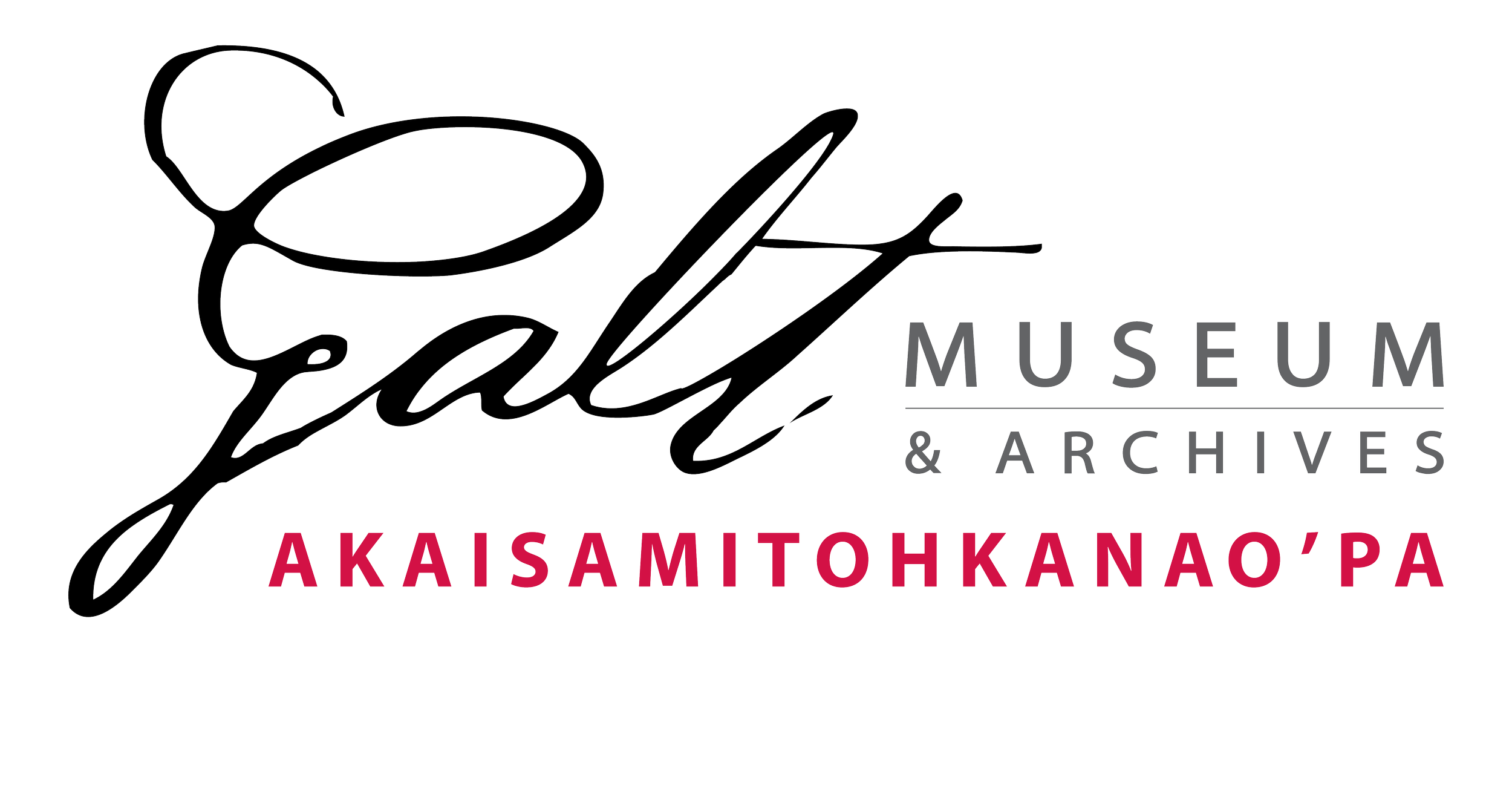We Built This City with Coal Mining
It is accurate to say that without coal, Lethbridge might not be here today.
The Blackfoot and other First Nations knew about the coal. A Blackfoot name for the place that would become Lethbridge was sik-ooh-ko-toki or place of the black rocks. The First Nations had little use for the coal as it could not be burned safely in a tepee, and other fuel sources were readily available.
Nicholas Sheran heard about the coal of southern Alberta. Recognizing the need for such a purposeful resource, in 1874, Sheran developed the first commercial coal mine in Alberta. The location of this mine was on the west bank of the Oldman River, just off the north side of Whoop-Up Drive. Sheran managed a mine there until his death (by drowning) in 1882.
Sir Alexander Galt and his son Elliot were two of the biggest names in regional coal mining since the mid 1880s. There are stories telling that Elliot discovered the potential of coal mining while crossing the river one day on Nicholas Sheran’s ferry, while serving as an Assistant Indian Commissioner, and he may have met Sheran himself. During the crossing, the stories say he observed the coal seam in the area and thought about the monetary value it could have. After sending various samples of the coal to his father, the decision was made to start their own coal mine in the area.
The more likely way the Galt’s discovered the potential of coal mining in the region is through the mapping of coal deposits by Dr. George Dawson on behalf of the Geological Survey of Canada. As a family friend of the Dawsons, and with his role in the government, Sir Alexander would have had access to the reports on the coal. Knowing a railroad was soon to be built in the region, Sir Alexander would have seen the economic potential in southern Alberta’s coal.
You can learn more about coal mining in southern Alberta at the Galt Museum & Archives.
